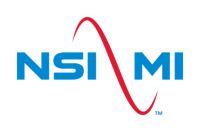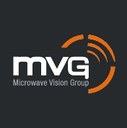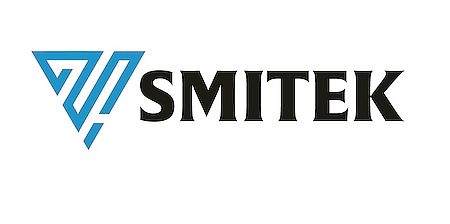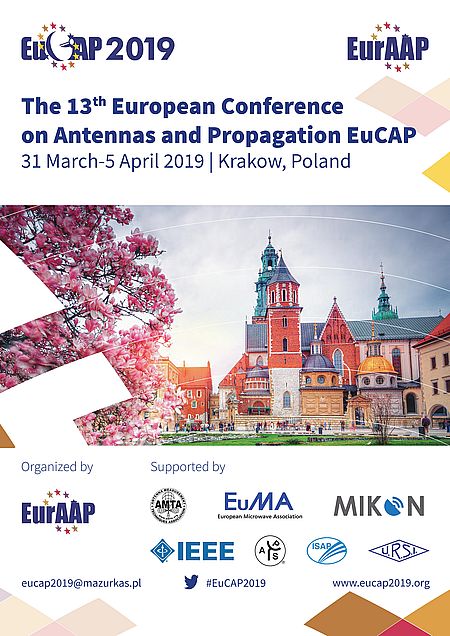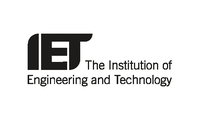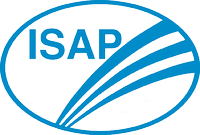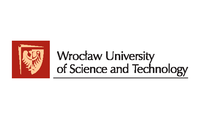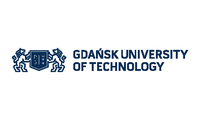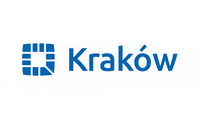Prof. Chan Chi-Hou
THz Antennas – Design, Fabrication and Testing
City University of Hong Kong
Biography
 Chi Hou Chan received the B.S. and M.S. degrees in electrical engineering from the Ohio State University, Columbus, OH, USA, in 1981 and 1982, respectively, and the Ph.D. degree in electrical engineering from the University of Illinois, Urbana, IL, USA, in 1987.
Chi Hou Chan received the B.S. and M.S. degrees in electrical engineering from the Ohio State University, Columbus, OH, USA, in 1981 and 1982, respectively, and the Ph.D. degree in electrical engineering from the University of Illinois, Urbana, IL, USA, in 1987.
From 1987 to 1989, Dr. Chan was a Visiting Assistant Professor in the Department of Electrical and Computer Engineering at the University of Illinois. He joined the Department of Electrical Engineering at the University of Washington, Seattle, WA, USA in 1989 and was promoted to Associate Professor with tenure in 1993. In 1996, he joined the Department of Electronic Engineering, City University of Hong Kong (CityU) as Professor and was promoted to Chair Professor of Electronic Engineering in 1998. From 1998 to 2009, he was first Associate Dean and then Dean of College of Science and Engineering at CityU. He also served as Acting Provost of the university from July 2009 to September 2010. He is currently the Director of State Key Laboratory of Terahertz and Millimeter Waves (City University of Hong Kong). His current research interests include computational electromagnetics, millimeter-wave circuits and antennas, and terahertz science and technology.
Dr. Chan received the U.S. National Science Foundation Presidential Young Investigator Award in 1991 and the Joint Research Fund for Hong Kong and Macao Young Scholars, National Science Fund for Distinguished Young Scholars, China, in 2004. He received outstanding teacher awards from the Department of Electronic Engineering, CityU in 1998, 1999, 2000, and 2006. He is the General Co-Chair of ISAP 2010, iWAT2011, iWEN 2013, ICCEM 2015, ICCEM 2016, ICCEM 2018 and GSMM2017.
Synopsis
In this paper, we present an overview of Terahertz (THz) antenna research conducted in the State Key Laboratory of Terahertz and Millimeter Waves (City University of Hong Kong). The ever increasing demand for higher speed and larger data volume is driving wireless communications towards the era of Terabit-per-second (Tbps) in the next decade. To reach capacity equality with fiber optics by expanding the operating frequency band into the THz regime, high-gain antennas working at THz frequencies are required. In anticipation of the broad applications of THz in wireless communications, spectroscopy and imaging, we started to build our infrastructure for THz research in 2012. Major equipment was acquired and accessories not commercially available were designed and fabricated in-house or through commercial vendors.
Prior to the design of THz antennas, the use of fabrication materials and processes need to be pre-determined. With no exception, the antennas can only be waveguide fed or probe fed with a probe station unless they are used as part of a THz source in on-chip antenna and photoconductive antenna. Limitations imposed by electrical properties of the material, fabrication process and feeding mechanism are circumvented by design innovation and careful tuning of the geometrical parameters. We have laser circuit structuring systems, 3D printers, and micromachining facilities for fabrications of THz antennas working from 0.3 to 1 THz. We also have frequency extender modules from OML and VDI covering the frequency bands up to 1.1 THz. For material characterizations, we have time-domain spectrometers that can go up to 20 THz. Depending on the operating frequency, the designed THz antennas can be fabricated by printed-circuit-board (PCB), 3D printing and micromachining technologies and characterized by our purpose-built near-field or far-field antenna testing platforms. Most of the testing accessories were made in-house by 3D printing while some were fabricated by computer numerical control (CNC) machining via commercial vendors.
We have designed low-gain THz antennas that are used as probes for our near-field antenna measurement and imaging platforms. These probes are basically open-ended waveguide (OEWG). The wall thickness of the probe is tapered, making it a pyramidal shape. Three sets of linearly-polarized (LP) probes for 220-325 GHz, 325-500 GHz and 500-750 GHz have been made using CNC machining by VIVATECH. The probe is inserted into a 3D printed absorber to eliminate the ±1dB ripples in the probe radiation pattern due to the reflection from the waveguide flange of the probe. For other polarizations at 0.3 THz, we have designed modification fixtures fabricated by PCB and attached to a pyramidal OEWG fabricated by CNC machining.
For high-gain THz antennas, Fresnel zone plate lens antennas fed by a complementary source feed has been reported. The feed, mounted on an OEWG generates a symmetric and equal E- and H-plane radiation patterns. A meta-lens fed by an LP horn that can generate circularly-polarized (CP) radiation has been realized for satellite-to-satellite communications. The measured gain is 24.5 dBic but the 3dB axial ratio bandwidth is only 1.6%. Metasurfaces fed by an LP horn can serve as reflectarrays or transmitarrays, depending on the orientation of the feed horn with respect to the principal axes of the metasurface. The directions of the reflected and transmitted beams can be designed independently. The transmitted beam can also be focused at the focal point for THz imaging. These antennas have been fabricated by PCB technology when operating at no more than 0.3 THz. On the other hand, we can design 0.3 THz lens antennas fabricated by low-cost 3D printers. When fed by an LP horn, the lens can provide either LP or CP far-field radiation or focused beam, depending on the designed phase distributions on the lens aperture. CP radiation has been achieved by incorporating an anisotropic medium, in the form of dielectric grating, integrated with the 3D printed lens. The CP lens has a broadside gain of 30.8 dBic and 3dB axial ratio bandwidth of more than 18.8%. The 1-dB gain bandwidth is 13.3%. We resort to micromachining when 3D printing could not meet our design tolerance. Anomalous radiation characteristics have been realized using metasurfaces fed by diagonal gain horns up to 1.1 THz. Both 1D and 2D focusing beam arrays have been demonstrated. These metasurface lenses can be used in building imaging system with electronic beam steering. Using micromachining, we demonstrated a 2-by-2 magneto-electric dipole array operating at 1 THz with 260 GHz absolute bandwidth. The array has a flat gain of 14 dBi. For THz source generation, we have been working on-chip antennas and photoconductive antennas and some of our recent results will be presented in the conference.


